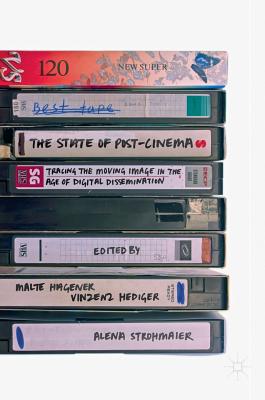
The State of Post-Cinema:Tracing the Moving Image in the Age of Digital Dissemination
电影
¥
1548.75
售 价:
¥
1239.00
优惠
平台大促 低至8折优惠
发货周期:预计8-10周发货
作 者
出 版 社
出版时间
2016年12月20日
装 帧
页 码
233
语 种
英文
综合评分
暂无评分
- 图书详情
- 目次
- 买家须知
- 书评(0)
- 权威书评(0)
图书简介
This book approaches the topic of the state of post-cinema from a new direction. The authors explore how film has left the cinema as a fixed site and institution and now appears ubiquitous - in the museum and on the street, on planes and cars and new digital communication platforms of various kinds. The authors investigate how film has become more than cinema, no longer a medium that is based on the photochemical recording and replay of movement. Most often, the state of post-cinema is conceptualized from the ?high end? of the most advanced technology; discussions focus on performance capture and digital 3-D, 4-K projection and industrial light & magic. Here, the authors? approach is focused on the ?low-end? circulation of filmic images. This includes informal networks of exchange and transaction, such as p2p-networks, video platforms and so called ?piracy? with a special focus on the Middle East and North Africa, where political and social transformations make new forms of circulation and presentation particularly visible.
本书暂无推荐
本书暂无推荐











